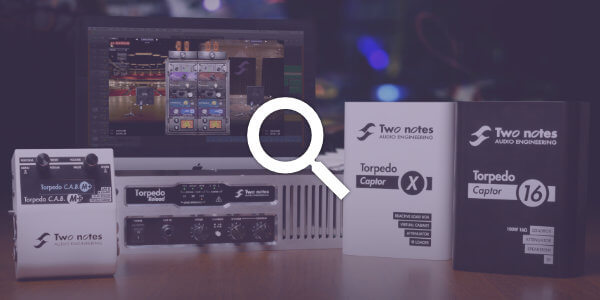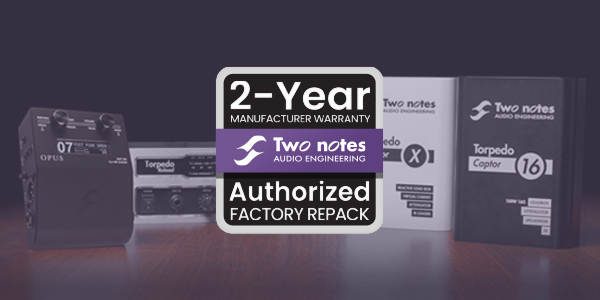One of the most overused effects of our time is the humble Chorus pedal (especially in the 80s… but, if like me, you are a product of that time, you’re gonna love a chorus pedal).
How does it work? Why was it invented? Chorus, as an effect (and subsequently named), tries to replicate the “choral” effect of multiple instruments (voices) all hitting the same notes at the same time. Due to the nature of the human voice, the chances of all people singing the exact right note at the same time are extremely slim. This mean that when you are hearing a large group of people singing the same thing, at the same time, a natural chorus effect is produced.With that in mind, the first thing a chorus effect does is split the signal. One of the signal paths remains unaffected at all times, while the others have a detune and slight delay put on it. These two factors are what the classic controls are of the effect are. Once the effect has been placed on the signal, they are put back together and go on to the output.
-
Rate: The speed that the detune occurs. This is handled by what is know as an LFO. (Long Frequency Oscillation). The rate control is how fast the wave goes from the bottom of the “wave” to the top.
-
Depth: How far the wet signal is detuned.
Quite often, there are a level and tone control as well and the two parameters listed above, and they are usually fairly simple. The level control is there because as you are stacking up multiple signal paths, the signal appears to get louder, so a level control is put in to make sure your signal doesn’t suddenly jump up. A tone control is often a LPF (low pass filter) that will gradually roll off the top end. More advanced chorus pedals (the ones I tend to like) have a mix control that will allow you to change the ratio of the dry signal and the affected ones, most regular pedals go for a 50/50 split – but you can get some lovely tones by messing with the mix control (including a vibrato effect if you have the mix set to 100% wet)
Here is a home made effect to show you how it works. I recorded a simple line into Studio One and then copied and pasted it over and over for the sake of consistency.
-
Track 1: Totally dry.
-
Track 2: Slight detune, moving quite quickly.
-
Track 3: Replication of track 2, but panned hard right (track 2 is now panned hard left) moving at the same kind of speed but our of sync with track 2, so you will feel it moving from left to right
-
Track 4: High amount of detune running at a slow speed (running at a different sweep to the others) .
-
Track 5: Same as track 4 (tracks 4 and 5 are also phase inverted as well to make it appears even deeper.
When the effect is stereo, the dry signal is dead center and the detunes are panned hard left and right, usually running on a different wave to make it more obvious. So, track 2 brings in a mono chorus, 3 turns it stereo and 4 and 5 make a full multistage dimension stereo!
When tracks 4 and 5 kick in, the speed of the LFO is reduced dramatically and the depth of the detune is increased somewhat, this is the effect of depth. To make it stand out more, I went a little too far with the amount of detune to highlight the point. And yes. I got a little seasick when doing it! If you watch the ‘cents’ control on the plug-ins, you can see by how much the detune is happen, and the speed it changes. You will see track 2 pan hard left when 3 comes in and also see that as each track is slightly quieter than the previous, this is to make sure that the sound doesn’t get louder and louder as each one comes in. On the very last section (the last two runs of the line), I put in a low and high shelf on the EQ (you’ll see it turn on) to replicate the way analog chorus pedals would suck the HiFi element out of the tone… it’s subtle, but lovely. All tones recorded with Helix Native (JC120 model) and, or course, the Two notes Wall of Sound plug in (JC120 DynIR cabinet, dual mic’ed with a ’57 and ‘121.



